Cycling Safaris in Lake Mburo National Park
An Adventurous Perspective
For travelers seeking a safari experience that combines adventure, intimacy with wildlife, and the thrill of exploration, cycling safaris in Lake Mburo National Park offer an unparalleled opportunity. Unlike traditional game drives, cycling provides a slower, more immersive experience, allowing visitors to navigate the park’s diverse landscapes with minimal disturbance to its wildlife. The gentle cadence of pedaling creates a rhythm that blends seamlessly with the natural environment, fostering encounters that are both personal and transformative.
Lake Mburo, Uganda’s smallest savannah park, may be compact, but its rich ecosystems, ranging from rolling plains and acacia woodlands to papyrus swamps and rocky outcrops, ensure a dynamic and engaging safari. The park is home to iconic species such as Burchell’s zebras, impalas, elands, and leopards, alongside over 350 bird species, making it ideal for cyclists who wish to combine wildlife observation with physical activity. This article explores cycling safaris in Lake Mburo, examining the logistics, wildlife encounters, seasonal considerations, safety tips, and the broader appeal of this unique safari modality.
The Unique Appeal of Cycling Safaris
Cycling safaris offer a distinctive approach to wildlife exploration, emphasizing closeness, agility, and environmental awareness. Unlike motorized vehicles, bicycles allow for quiet movement, enabling animals to behave naturally in the presence of visitors. This enhances the likelihood of observing authentic behaviors, such as grazing, hunting, or social interactions among herds.
The compact size of Lake Mburo makes it particularly suitable for cycling safaris. Trails traverse diverse habitats, ensuring that each ride exposes travelers to a variety of wildlife and landscapes. From expansive grasslands dotted with acacia trees to the serene shores of Lake Mburo itself, cyclists can experience a multidimensional perspective of the park. The flexibility of bicycles allows access to areas that might be challenging for vehicles, creating opportunities for intimate encounters with both mammals and birds.
Beyond wildlife observation, cycling engages the body and mind, creating a holistic safari experience. The physical effort required to navigate rolling hills and uneven terrain is balanced by the reward of scenic vistas, close wildlife encounters, and the quiet immersion in nature that only a non-motorized safari can provide.
Planning a Cycling Safari
Effective planning is essential for a successful cycling safari. Visitors are encouraged to select well-maintained mountain bikes suited for both dirt tracks and rocky terrain. Guided tours are strongly recommended, as local guides possess intimate knowledge of trails, wildlife patterns, and safety considerations. Routes are typically structured to balance distance, wildlife viewing, and physical exertion, ensuring a rewarding yet manageable experience for cyclists of varying abilities.
Timing of rides is also critical. Early morning and late afternoon are preferred, as temperatures are cooler and wildlife is most active. Midday rides are generally avoided due to heat and decreased animal activity. Proper hydration, protective clothing, and sun protection are essential components of preparation, ensuring comfort and safety throughout the safari.
Cyclists are encouraged to maintain a respectful distance from wildlife, refraining from sudden movements or loud noises that could disturb animals. Observing these practices allows for authentic encounters while minimizing ecological impact.
Wildlife Encounters on Two Wheels
Lake Mburo’s wildlife is remarkably accessible to cyclists. Zebra herds, characterized by their distinctive black-and-white stripes, can often be seen grazing openly, providing excellent photographic opportunities. Elands, impalas, and other antelopes move gracefully across the plains, often in proximity to the trails, allowing cyclists to observe natural behaviors at close range.
Predators, including leopards and hyenas, are less frequently encountered due to their elusive nature, but tracks, calls, and occasional sightings offer insights into their presence and ecological roles. Birdwatching is an additional highlight, with species such as African fish eagles, kingfishers, herons, and the papyrus gonolek frequently observed along watercourses and wetlands.
Cyclists may also encounter hippos and crocodiles near the park’s lakes and swamps. Observing these species from a safe distance on trails or boardwalks provides a dynamic contrast to terrestrial wildlife encounters. The diversity of species along cycling routes ensures that each safari offers varied and unpredictable experiences, enhancing the sense of adventure and discovery.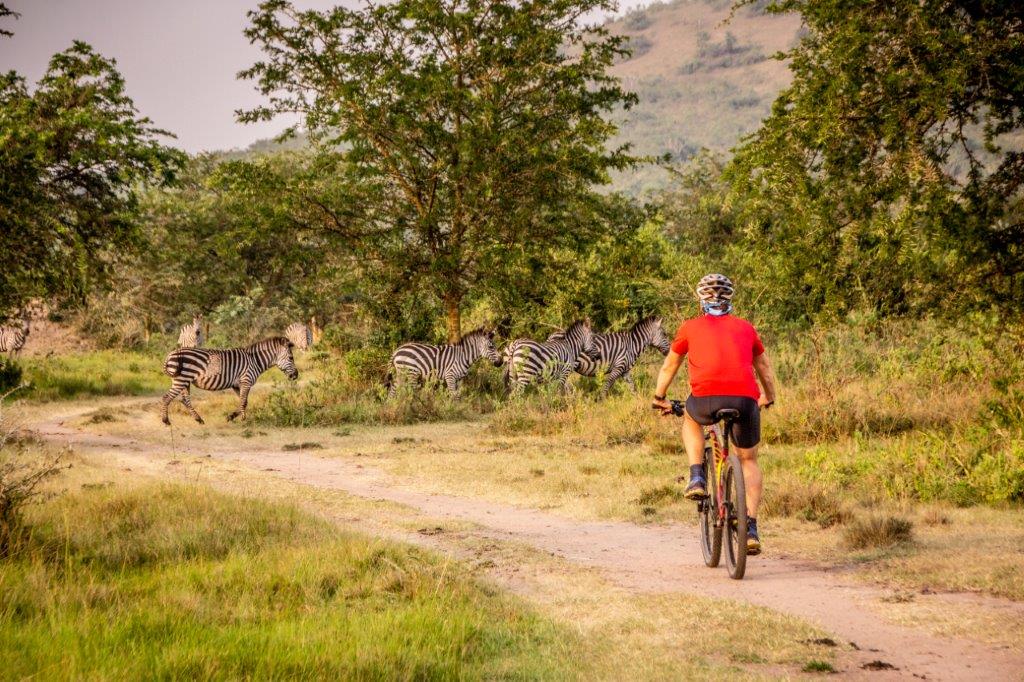
Trails and Terrain
Lake Mburo offers a network of trails suitable for cycling, ranging from flat, easy paths to more challenging routes with inclines and rocky sections. Grassland trails traverse open plains, allowing for expansive views and unobstructed wildlife observation. Woodland paths wind through acacia and bushland, providing opportunities to spot smaller mammals, birds, and insects that may be overlooked during vehicle safaris.
Wetland areas and lake edges offer a different perspective, combining aquatic habitats with terrestrial ecosystems. Cyclists can observe hippos surfacing in shallow waters, birds hunting along the shore, and lush vegetation that contrasts with the open savannah. The combination of habitats ensures a varied and engaging safari experience, with each trail offering unique encounters and photo opportunities.
Local guides adjust routes based on wildlife movements, seasonal conditions, and the physical capabilities of participants, ensuring safety while maximizing the richness of each safari.
Seasonal Considerations
The experience of a cycling safari is influenced by seasonal variations. During the dry seasons, from June to August and December to February, trails are more accessible, wildlife is concentrated around water sources, and visibility is enhanced by minimal vegetation cover. These conditions are ideal for observing large herds, predator-prey interactions, and bird activity.
Wet seasons, from March to May and September to November, bring lush greenery, blooming flowers, and increased biodiversity. While trails may become slippery and certain areas less accessible, the abundance of water and fresh vegetation attracts migratory birds, newly born wildlife, and rich plant life. The wet season emphasizes ecological diversity and the interconnectedness of habitats, creating a vivid backdrop for cycling safaris.
Travelers may select the season based on priorities: the dry season for ease of navigation and concentrated wildlife sightings, or the wet season for ecological richness, vibrant scenery, and quieter trails.
Safety and Preparedness
Safety is paramount on cycling safaris. Protective gear, including helmets, gloves, and appropriate footwear, is essential. Guides provide orientation on wildlife safety, trail navigation, and emergency protocols, ensuring that cyclists are prepared for unexpected encounters. Maintaining a safe distance from potentially dangerous animals, such as hippos, crocodiles, and buffaloes, is critical, as these species can be unpredictable when approached too closely.
Bicycles are regularly inspected and maintained, with spare tires and repair kits carried on tours to address mechanical issues. Participants are encouraged to communicate openly with guides regarding fatigue, terrain difficulty, and wildlife observations, fostering a supportive and safe environment.
Cyclists are also instructed on ethical wildlife observation, including refraining from chasing or startling animals, avoiding litter, and respecting natural habitats. These practices ensure that the safari experience remains sustainable and minimally invasive to the park’s ecosystems.
Enhancing the Cycling Experience
Cycling safaris can be complemented by other activities in Lake Mburo National Park. Morning rides can be followed by walking safaris along watercourses or horseback safaris across the savannah. Boat excursions provide additional perspectives on aquatic wildlife, while cultural visits to neighboring Banyankole communities offer insights into local traditions and livelihoods.
This combination of activities creates a multidimensional safari experience, blending physical adventure with wildlife observation, photography, and cultural immersion. Travelers gain a holistic understanding of the park’s ecosystems, animal behavior, and human-environment interactions, enhancing both the educational and recreational value of their visit.
Guides often incorporate interpretive elements, such as explanations of animal tracks, bird calls, and ecological relationships, further enriching the cycling experience. Photography, journaling, and reflective observation are encouraged, allowing travelers to document and internalize their encounters with nature.
Conservation and Environmental Awareness
Cycling safaris contribute to sustainable tourism and conservation awareness. By promoting non-motorized exploration, the impact on wildlife and habitats is minimized, while visitors gain firsthand understanding of ecological interconnections. Park fees and guided tours support conservation initiatives, habitat restoration, and community development, reinforcing the link between tourism and environmental stewardship.
Participants are often educated about threats to wildlife, such as poaching and habitat loss, as well as ongoing efforts to preserve Lake Mburo’s biodiversity. This awareness fosters a sense of responsibility and connection, ensuring that cycling safaris are not only recreational but also ethically and environmentally meaningful.
Preparing for a Memorable Safari
To maximize the experience of a cycling safari, travelers are advised to plan thoroughly. Selecting comfortable and suitable clothing, bringing binoculars and cameras, and carrying water and snacks are essential. Engaging with experienced guides ensures access to the best trails, wildlife sightings, and safety protocols.
Morning rides capitalize on wildlife activity, while afternoon excursions offer opportunities for photography during golden light. Travelers are encouraged to pace themselves, take breaks to absorb the landscape, and remain attentive to subtle signs of wildlife, such as tracks, sounds, and movement in the brush.
Respectful interaction with both wildlife and the natural environment ensures a sustainable and enriching experience, creating lasting memories of Uganda’s diverse and vibrant ecosystems.
A Dynamic and Immersive Adventure
Cycling safaris in Lake Mburo National Park offer a unique blend of adventure, wildlife observation, and ecological immersion. The park’s compact size, diverse habitats, and rich biodiversity make it ideal for exploration on two wheels, providing encounters with iconic species, rare birds, and stunning landscapes.
This mode of safari allows for personal engagement, ethical wildlife observation, and physical activity, creating a holistic experience that deepens travelers’ appreciation of Uganda’s natural and cultural heritage. Combined with walking safaris, horseback rides, boat excursions, and cultural visits, cycling presents a comprehensive and transformative approach to exploring the park.
Travelers seeking an adventurous, intimate, and sustainable safari experience are encouraged to book their Africa tours and safaris with WildHorn Africa, ensuring expertly guided, safe, and unforgettable journeys through Lake Mburo National Park.

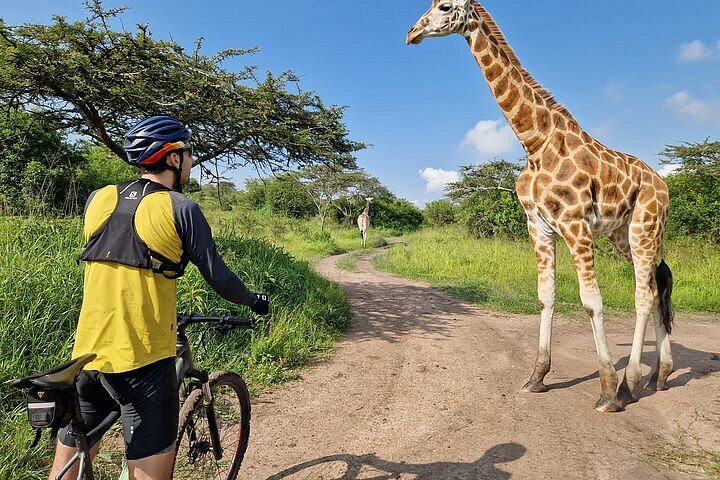
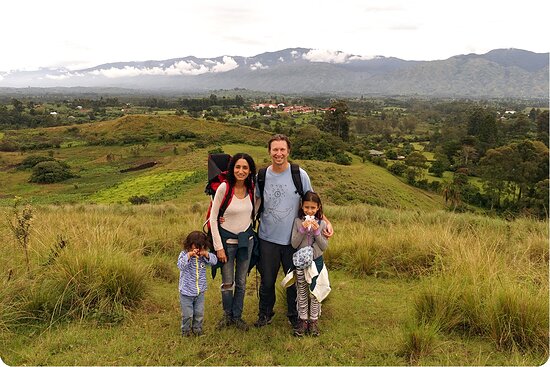
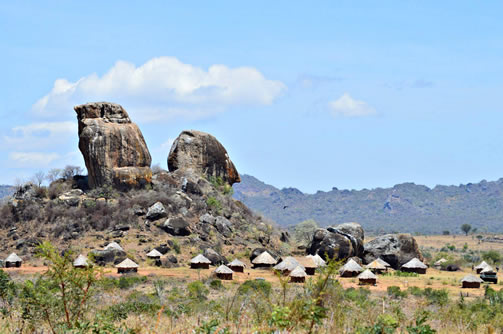
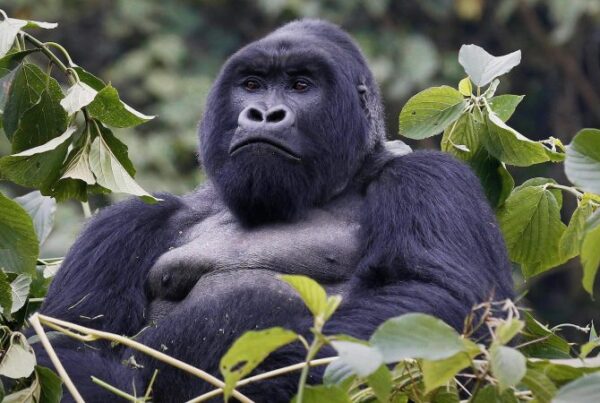
 WildHorn Africa – Authentic and unforgettable tours across Africa, guided by local experts who know the land, wildlife, and culture best.
WildHorn Africa – Authentic and unforgettable tours across Africa, guided by local experts who know the land, wildlife, and culture best.


